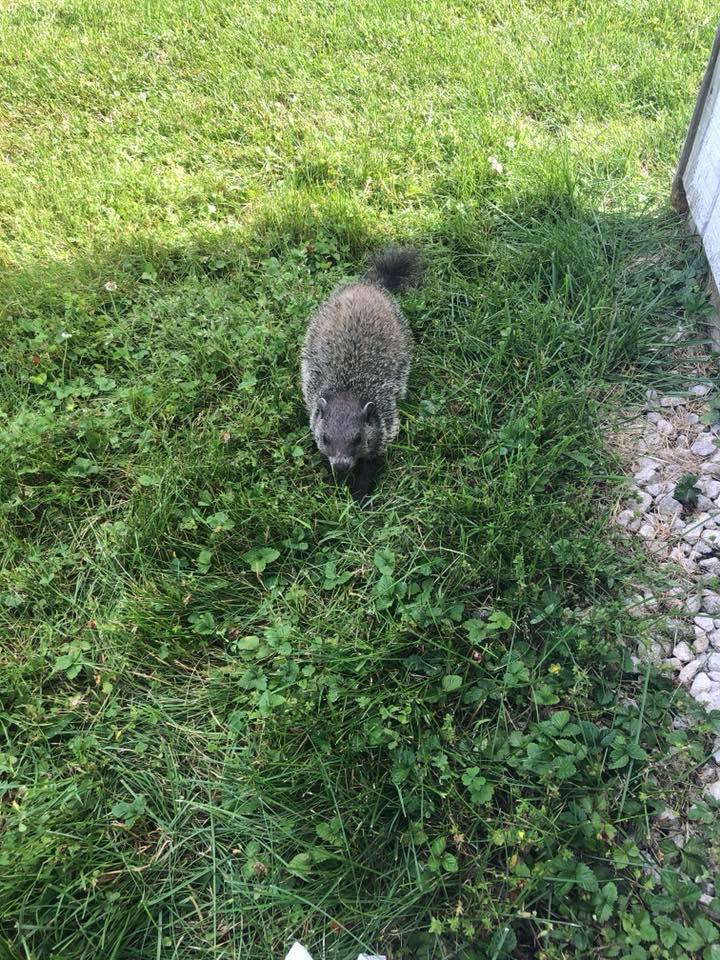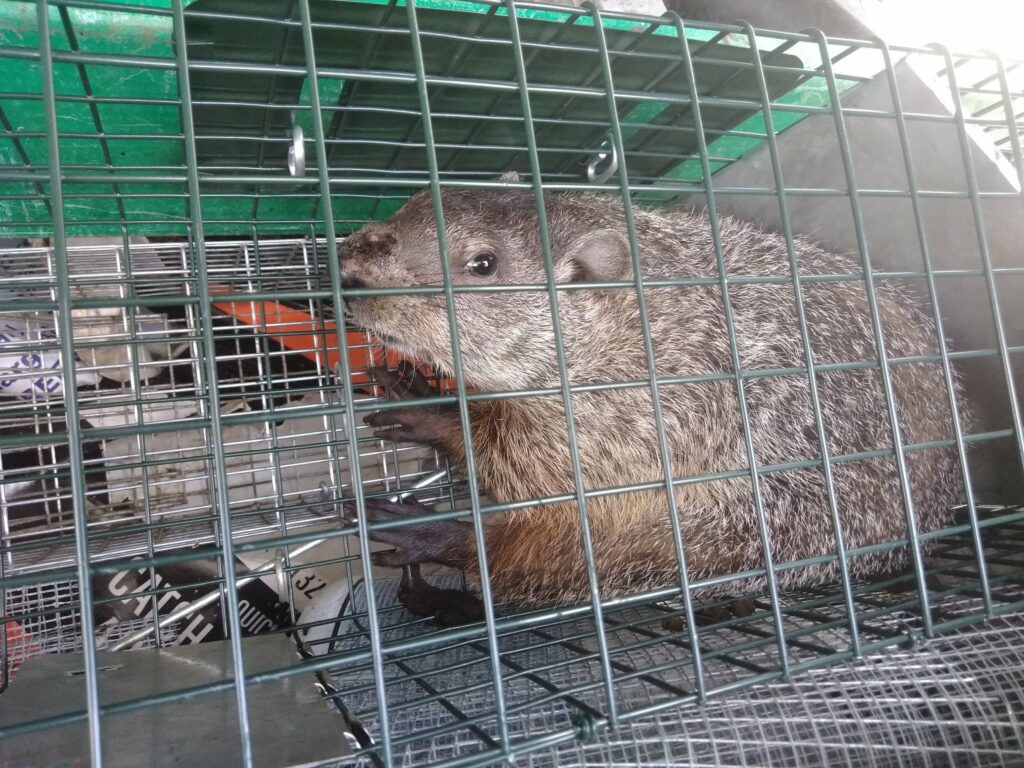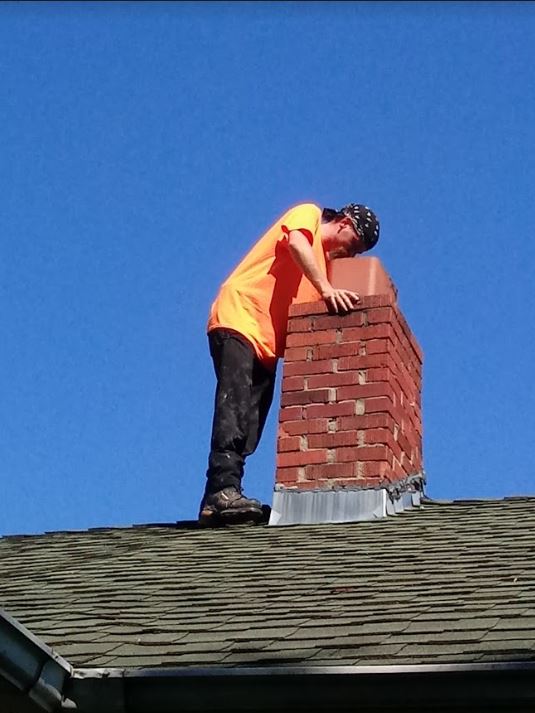GET RID OF Groundhogs ONCE AND FOR ALL
Groundhog Removal
At first glance, groundhogs may be cute little animals, but don’t be deceived by their innocent looks because these animals are as destructive as they come. Also known as woodchucks, groundhogs are renowned diggers, and they instinctively create underground tunnels by ferociously digging with their small feet. With their aggressive nature and tunneling ability, these small mammals will certainly cause serious damages to your property.
What damage do groundhogs cause?
Groundhogs are rodents and are known to be herbivores because they feed on a variety of plants, but these small mammals will also snack on insects and grubs. For groundhogs, their favorite pastime activity is digging and creating massive underground tunnels, and they are excellent at doing this.
These tunnels groundhogs create are one of the major problems associated with these creatures, they will tunnel through your lawn and ruin your landscape design. They will tunnel through your garden and destroy your plants.
As herbivores, they cause very significant damage to gardens as they will eat mostly vegetables, grasses, legumes, and fruits. With their voracious appetite, only one groundhog will cause significant damage to a garden. The tunnels they create will expose the roots of crops, combining this with the attack on the plants, a blooming garden will quickly wither and die.
The intricate network of underground tunnels they create can compromise the foundation of a building especially if the tunnels are too close to the foundation. And unfortunately, groundhogs prefer digging close to buildings and structures. Groundhog tunnels are mostly found under decks, porches, and sheds. Besides compromising the integrity of foundations, these underground tunnels can also attract other animals and insects to your property.
Groundhogs may not pose a serious health risk to humans, but the tunnels they build are dangerous. Tunnels built under the lawn can cause serious damage when walked over either by humans or pets. Groundhog damages are not insignificant, and these animals shouldn’t be living on anyone’s property. If you suspect that groundhogs may be on your property, do not hesitate to give us a call. At Frank’s Wildlife Removal we are dedicated to bringing the best and most effective solutions to your wildlife problems.
Trapping and removing groundhogs
To safely handle and remove any form of wildlife, it’s important that you understand the habits and lifestyles of the animals. This will give you insights into the best ways to approach certain situations. Since groundhogs have an aggressive nature, dealing with them requires a great deal of care. We strongly advise that you do not attempt to catch and remove a groundhog yourself.
Groundhogs are rodents, and rodents are generally smart and fast, plus they are equipped with a set of sharp teeth that they do not hesitate to use. Groundhogs can bite and they do bite, therefore you need to leave this to professionals. Our team of wildlife removal experts at Frank’s Wildlife Removal will attend to your groundhog problems following the steps below;
First, we conduct a careful inspection of the site to determine what we are up against. Intimate knowledge of the problem helps us determine the best course of action.
Next, is the exclusion. To exclude groundhogs, we use traps and baits to capture them. But this has to be done strategically because these creatures are smart and tend to ignore traps.
Also, finding the appropriate bait for groundhogs can be a challenge due to their long menu list. A second groundhog exclusion method is the use of a one-way exclusion device to safely exclude the animal.
This is done by installing a steel screen around the perimeter of the affected area and leaving just one opening for the animals to leave. A combination of these two methods can also be used to get a more effective result. Once the groundhog is successfully captured, we proceed to relocate the animal and clean up the area. To learn more about groundhog trapping and removal visit at groundhogtrapping.com
Why hire groundhog removal experts?
Frank’s Wildlife Removal experts are well-versed in the process of safely trapping and removing a wide variety of nuisance wildlife including groundhogs. Basic groundhog removal follows the same process as excluding some other mammals. However, every animal problem is unique, therefore, our animal exclusion plans and processes are usually created to properly solve the particular problem we’re working on.
Because animals can be unpredictable and pose health risks, even the more docile creatures can become violent and a bite from these wild creatures can cause a serious health problem. Groundhogs are certainly aggressive and will not hesitate to attack when they feel threatened or cornered. You should also know that these mammals have a very wide menu, they can eat anything from different types of plants to insects and grubs.
Therefore, setting a trap can be very difficult because you have to remove other food sources for the trap to effectively attract them. And they become insanely aggressive when trapped, which is why they should be handled by professionals.
Call Frank’s Wildlife Removal for Groundhog Problems!
If you live in Michigan and find yourself with a groundhog problem, give us a call today at (810) 691-4967!

How to Trap a Groundhog
Are groundhogs wreaking your lawn with burrows? Or are they eating vegetables and fruits in your garden before you do so? Dealing with a groundhog can be frustrating. Thanks to the complex underground borrow they make, it is not easy to lure them out to get rid of them. But not to worry! You’ve come to the right place! We’ll share how you can easily trap that nuisance groundhog on your property.
Step 1: Choose a groundhog trap
There are two kinds of traps: Kill traps and live traps. Kill traps are discouraged because they cause animals immense pain and can potentially harm kids and pets. On the other hand, live traps – such as cage traps – are highly recommended. When selecting a live trap, ensure it is big enough to contain the animal without discomfort.
Step 2: Select the best trap placement
Getting the trap placement right is arguable the most challenging aspect of trapping a groundhog. Why? Because selecting the sweet spot requires in-depth knowledge of groundhog behavior. But here are the most important things to look out for.
Identify groundhog burrows on your property. You want to set the trap about 5 feet away from the main entrance. If you can’t find the entrance, place the trap in areas frequented by the groundhog on your property. Ensure that the trap is placed on a flat surface, so it’s stable.
Step 3: Camouflage your trap
Groundhogs (like most wild animals) are very observant of their environment. That’s why they try to avoid unfamiliar items. Hence, you want to ensure the trap integrates seamlessly into the natural environment. A great trick is to use natural items to cover the trap. Examples include leaves, grass, dirt, and branches. You can even spray the trap with dirt and mud to make it look more natural. Do not place these elements under the trigger plate, so the trap works properly.
Step 4: Bait the trap
Groundhogs are suckers when it comes to fruit and vegetables. Cantaloupe, for instance, is the groundhog’s best food. You can cut the cantaloupe in half and place it as bait in your trap. Another great strategy is to use whatever the groundhog steals the most from your garden as bait.
Other good groundhog baits include sweet corn, strawberries, fresh string beans, peaches, peas, lettuce, and vanilla extract.
Step 5: Set the trap
You must ensure you do not transfer the human smell to the trap when setting the trap. That’s why wearing hand gloves is recommended. Different traps have different setting mechanisms. Whether you’re using a single or double-door trap, follow the unique setting instruction. Ensure you adhere carefully so that the door closes quickly once the groundhog activates the trigger plate.
Step 6: Monitor the trap
The last thing you want is to abandon the groundhog in the trap. To avoid that, make sure you check the trap at least once every day. Leaving the groundhog in the trap for too long may cause it to injure itself while trying to escape. This is inhumane.
Step 7: Relocate the groundhog
This is the final step in this long process. First off, cover the trap with a cloth to keep the animal calm. Then wear thick gloves and keep the trap far away from your body to ensure the animal doesn’t scratch or bite you. Relocate the animal to at least 5 miles away from your property. Taking the animal far away will ensure they cannot find their way back.





GET FAST QUOTE
Franks Wildlife SERVICES
Service Areas


